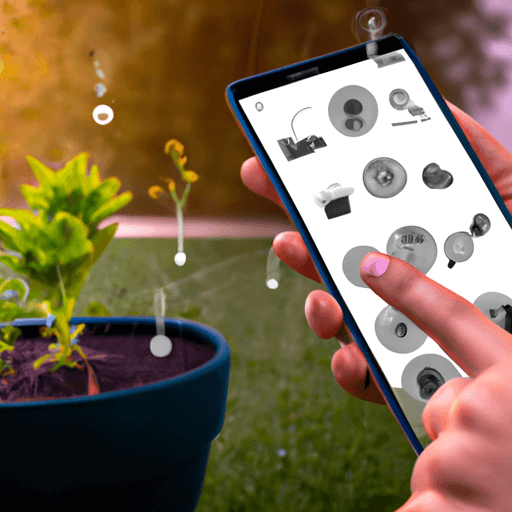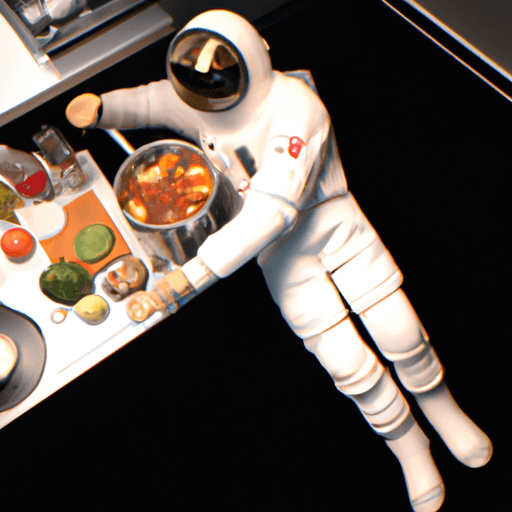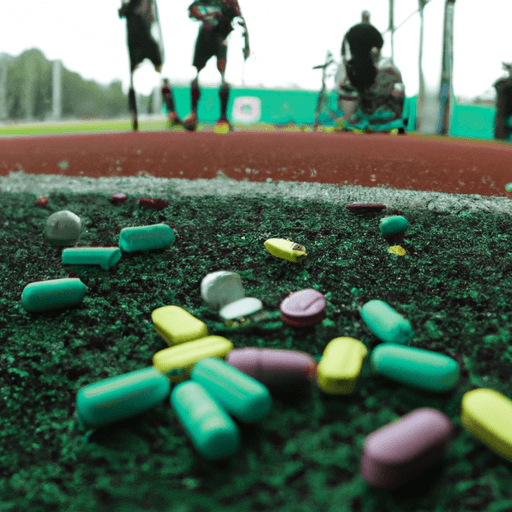659
Newsletter
Subscribe to our newsletter for exclusive content, latest news and trends, and exciting new features.
Tranding
Categories
Health and wellnessSports and fitnessMusic and EntertainmentBeauty and personal careEntertainmentGaming and esportsLifestyleBusiness and entrepreneurshipArts and cultureTechnologyScience and natureTravel and tourism
Food and cookingHome and gardenPets and animalsEducation and learningEnvironment and sustainabilityLiterature and writing




















Comments
Leave a Comment